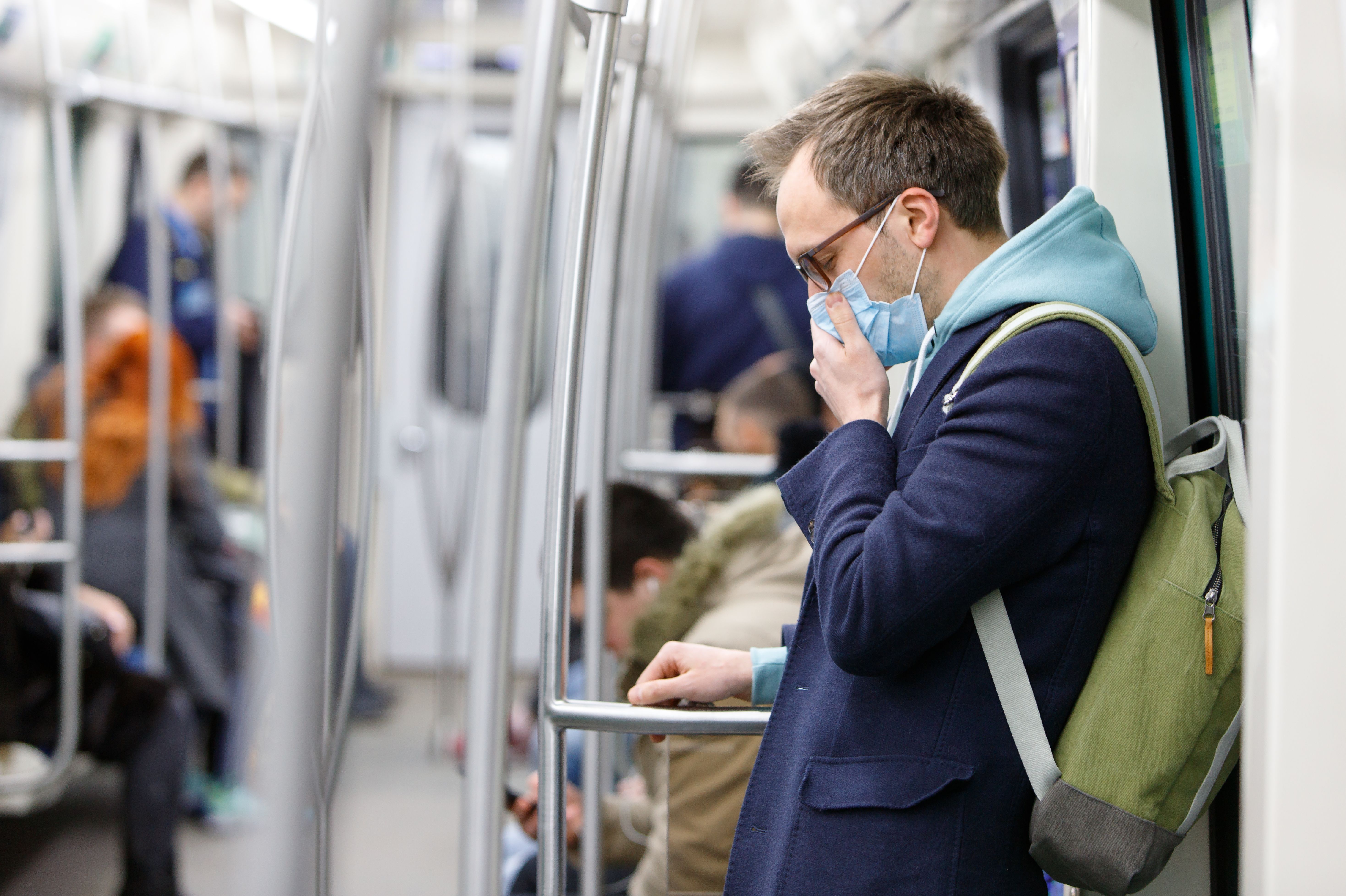
(Vienna, 14 July 2020) Which governmental measures work—and how well do they work—to curb the COVID-19 pandemic? An international team of scientists related to the Complexity Science Hub Vienna (CSH) for the first time disentangled the packages of measures taken by countries worldwide between January and May 2020 and comes up with a detailed effectiveness ranking. They quantify the contribution of each measure to reduce the infamous “reproduction number” R(t), the number of people one sick person infects on average. To contain further spreading of a disease, R(t) must be below one.
“Social distancing clearly works best,” says principal investigator Peter Klimek (CSH, MedUni Vienna). “Us parents may like it or not, but the by far most effective measure according to our study is the closure of educational institutions.” Also highly effective are small gathering cancellations—a measure type that includes closing of shops and restaurants or working from home—, travel restrictions such as the closing of borders, active risk communication with stakeholders, for example by promoting safety protocols in firms or at events, and improving the capacity of health care systems to cope with the pandemic, such as providing special education on COVID-19 and protective equipment for health care workers, or separating COVID-19 from Non-COVID-19 patients in hospitals.
“Yet, no single measure alone is good enough to bring R(t) below one,” first author Nils Haug (CSH, MedUni Vienna) points out. “The most effective intervention, the closure of kindergartens, schools and universities impacts the reproduction number by –0.34 at the max. It is currently believed that without any interventions, R(t) is around 3. Just closing schools and doing nothing else translates into each infected person infecting 2.7 people on average instead of 3.
To bend the curve, countries therefore must use a clever mix of measures—and do so “the earlier, the better,” according to the CSH study. “Timing really is half of the battle. Face masks for instance showed to be most efficient in countries that promoted a voluntary use early on, compared to countries that implemented a mandatory use at later stages,” says complexity scientist Nils Haug. “We indeed observe a pattern: Early and voluntary interventions outperform similar measures that are taken late and as mandatory guidelines. Besides face masks, this was also true for the isolation of individuals with symptoms or for safety measures taken at workplaces.” This means that an active risk communication with the public as well as the education and information of all relevant stakeholders are key to curb the epidemic.
Lockdowns too were most effective when imposed early on—but they also had tremendous impacts on social and cultural life, wellbeing and the economy as a whole. “Our study is good news in that respect. We see that we do not necessarily need the most intrusive measures to successfully bend the curve. With the right combination of less severe interventions, the reproduction number can considerably be reduced,” Nils Haug points out.
The to date most comprehensive analysis of governmental measures is based on a curated version of the CSH COVID-19 Control Strategies List (CCCSL), a database also used by the WHO [2]. It comprises almost 4,600 individual measures in 76 different territories worldwide, including more than twenty US States, European countries, and Asian regions like Japan and Hong Kong.
The scientists used four different methods for their analyses. “The vastly different approaches come to remarkably similar conclusions. This makes us confident about the significance of our ranking,” concludes Peter Klimek. “We do believe that these findings could be of great help for decision-makers to combat the currently starting second wave of the pandemic.”
The publication “Ranking the effectiveness of worldwide COVID-19 government interventions” is available as a preprint on medRxiv [1]
[1] N. Haug, L. Geyrhofer, A. Londei, E. Dervic, A. Desvars-Larrive, V. Loreto, B. Pinior, S. Thurner, P. Klimek, Ranking the effectiveness of worldwide COVID-19 government interventions, medRxiv (2020)
https://www.medrxiv.org/content/10.1101/2020.07.06.20147199v1
[2] A. Desvars-Larrive, E. Dervic, N. Haug, et al.,A structured open dataset of government interventions in response to COVID-19,medRxiv (2020)
https://www.medrxiv.org/content/10.1101/2020.05.04.20090498v1